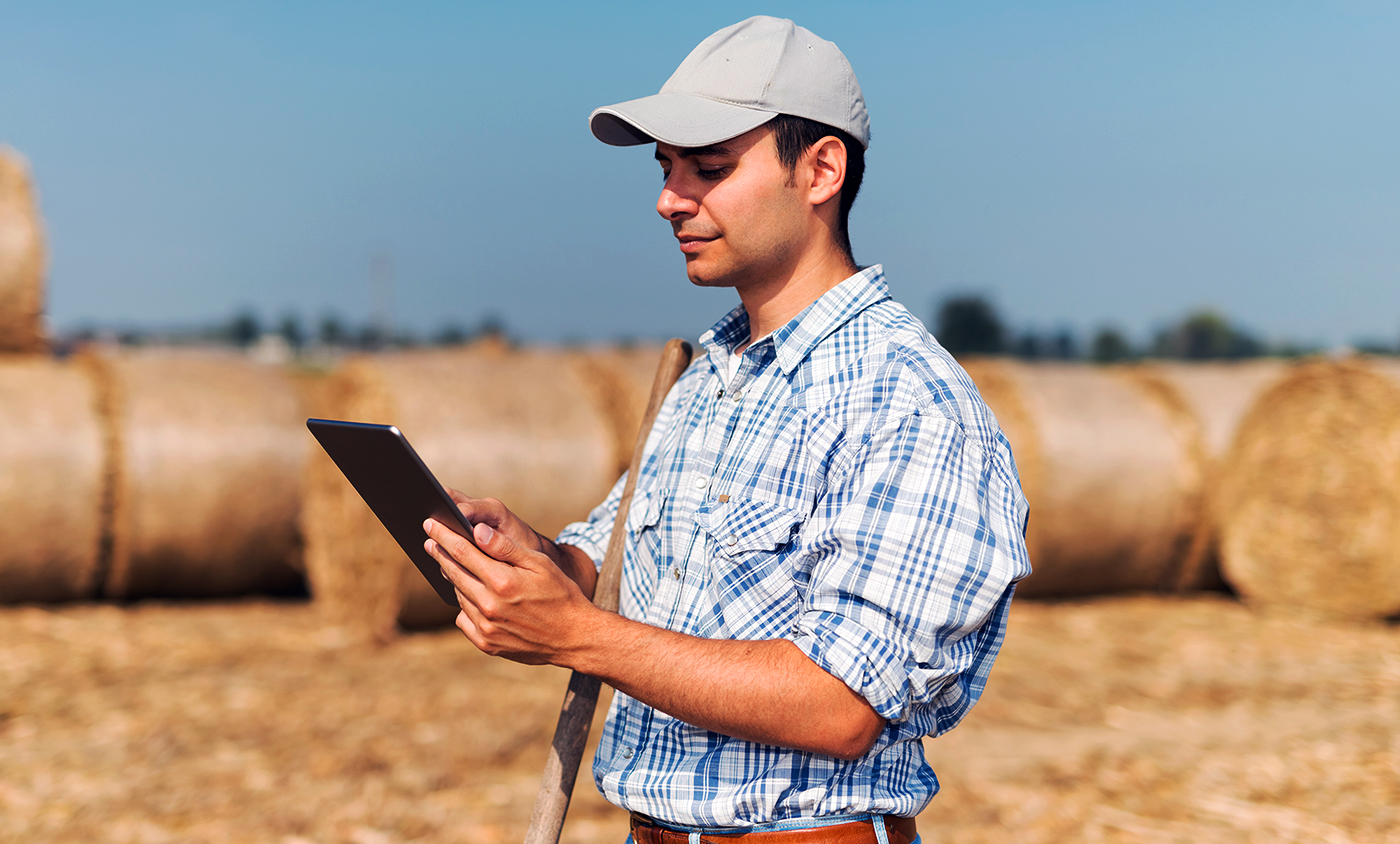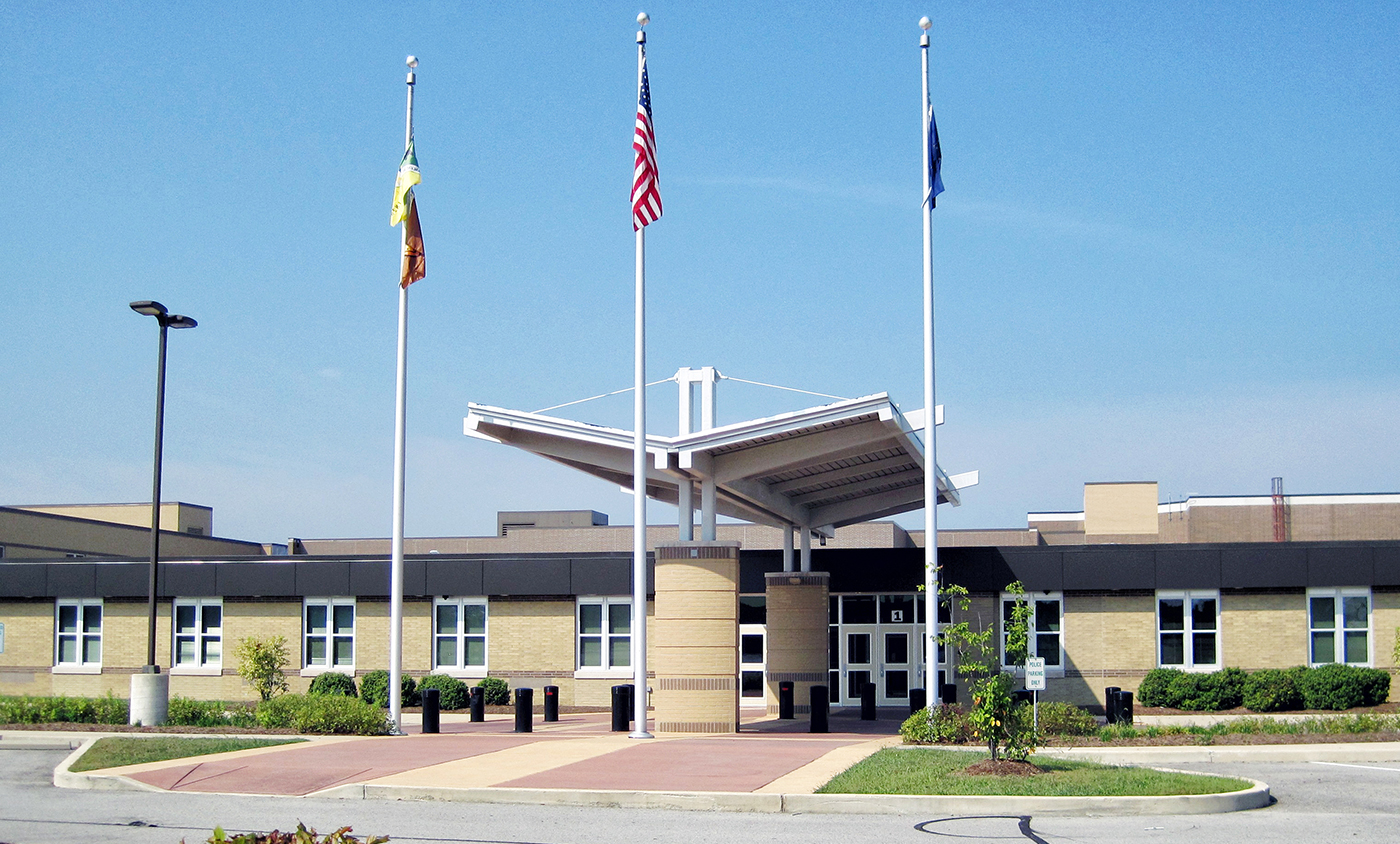The Challenge:
Modern farming is a complex and difficult business that requires a great deal of technology for efficiency and success. According to Joe Hossle, a farm operator in Southwest Iowa, the enduring concept of farming as a way of life is off-base. “This is a business that is every bit as complicated as any other manufacturing concern,” said Joe. “Any farmer that wants to be successful needs to pay attention to every detail of the operation, from the costs of fuel, seed, feed, and fertilizer, to the efficient use of each of these important means of production. And of course, managing the operation to get the best yields possible is fruitless if the harvested crop is ruined by poor management of drying and storage operations.”
To illustrate his points, Hossle describes how he uses advanced technology, including GPS-linked controls for planting and harvesting; along with very detailed yield measurement and mapping that help maximize production in future years. Looking to build on this foundation—and extend the efficiency and security of the operation that incorporates properties that are up to 25 miles away from the home base—Hossle turned to his telephone and broadband service provider, Southwest Telephone and Interstate Communications, to discover how innovative Smart Farm technology could streamline operations and reduce costs even further.
What is a Smart Farm?
The Smart Farm concept leverages broadband services, mobility, and a broad range of measurement, monitoring, and management technologies to enable remotely managed security and control over a variety of systems throughout the farming operation. A major element of the Smart Farm solution is the seamless ability to monitor and control systems and situations from any mobile device connected to the Internet.
“Being able to see what is happening at the main farmstead when I am in the tractor or combine 15 miles away not only gives me tremendous peace of mind, but it also helps me ensure that things are running smoothly, and allows me to take action if they are not,” noted Hossle.
Every farm has different needs based on the size and type of operation, but the Smart Farm concepts of monitoring and management are fundamental to keeping every one of these enterprises running smoothly.
The Smart Farm Solution
Using wide area services from Iowa Network Services, Southwest Telephone was able to offer Hossle a comprehensive selection of Smart Farm offerings through the Clear2thereViewbiquity Cloud Application Suite (VCAS). The VCAS platform provided Southwest Telephone with the tools and capability to create a customized combination of surveillance, access control, and monitoring that satisfied all of Hossle’s requirements. The comprehensive service delivered through the VCAS solution enables users to access data and images from all of the different sensors and devises in use throughout the enterprise from any Internet-connected device – including smartphones, tablets, and computers.
Monitoring plays a critical role in maintaining efficiency and safety across Hossle’s operation. The deployment at his farm includes a series of video surveillance cameras, window sensors and electronic locks in the farmhouse, shop, and out-buildings, grain-bin monitors, fuel-tank sensors, and thermostats and humidity sensors. Each of the smart devices employed throughout the farm are connected to a central gateway using a variety of wired and wireless technologies including Z-Wave, Wi-Fi, point-to-point wireless, and serial bus connections. Clear2there’s Viewbiquity gateway installed at the site provides a secure encrypted connection to the VCAS platform to enable remote access and control.
“The ability to check the levels in my fuel tanks from anywhere is a great tool during harvest and planting seasons when I may be in the fields all day and night,” explained Hossle. “And, using a simple rule that I was able to program on my app, when any of the fuel tanks reaches 15% of capacity, the system notifies me—and my fuel supplier—to monitor the level and to schedule a delivery.”
Motion sensors on the surveillance cameras are also programmed to send alerts when there is activity in different areas of the farm that occurs outside of normal timeframes. These alerts often include snapshot images of critical areas of the property and provide a good measure of security.
Electronic locks allow buildings that can house hundreds of thousands of dollars’ worth of equipment to be secured, while giving the operator the ability to permit access from anywhere. When used in conjunction with the video surveillance, this feature alone can save many trips to and from the fields to accept a delivery or provide access. Hossle simply looks at the live video stream on his smartphone to see who needs access, and opens the lock from the Viewbiquity app.
Grain bin monitoring that includes capacity, temperature, and humidity sensors also streamlines operations. Monitoring temperature and moisture content during the drying process helps Hossle closely control energy consumption by delivering notifications when target levels are achieved. This can also prevent over-drying that can reduce the value of the grain at market.
“As a grain producer, the product stored in my bins is very much like a checking account,” continued Hossle. “The ability to check the conditions and levels of my bins from my phone, and receive notifications when certain levels are reached during loading or unloading, keeps things running smoothly and reduces the risk of injury.”
Automated grain bin monitors measure the height of grain in the bin and calculate the remaining capacity. Without this type of measurement capability, the farmer must often climb the ladder to the top of the bin and visually check on the levels of grain. Injuries sustained from falls—both from grain bin ladders or into the bins themselves are virtually eliminated using this technology. The level of each bin is displayed graphically in the Viewbiquity app. In addition, using the rules feature, Hossle is immediately notified if levels change unexpectedly – such as if a theft is underway. With bins often located in unattended areas, this capability has critical value.
Traditional smart-home technology including a digital thermostat, water detection in the basement, and lighting controls, is also in use in the farmhouse, and helps keep things secure and efficient.
Beyond a Grain Operation
Just as grain bin monitoring is important to farm operators like Joe Hossle, there are multiple Smart Farm applications that meet the critical needs of many different types of agricultural functions.
The VCAS platform supports feed and water supply sensors, monitors, and controllers for livestock feeding operations, pivot irrigation monitoring and management systems, temperature and airflow sensors for poultry and hog confinements, and industrial controllers that can operate ventilation fans, louvers, and curtains. In addition, the system can monitor and provide alerts regarding power utilization, water flow and use, and emergency back-up generator testing and status.
The Service Provider Perspective
Southwest Telephone delivered the Smart Farm solution to Joe Hossle over fiber that it had installed throughout its serving area. The addition of video surveillance did require a small increase in upstream bandwidth usage – something that is typically underused in most broadband deployments. Using the Iowa Network Services VCAS platform as a cloud-based service, Southwest was able to deliver these services without any significant capital investment or impact to network operations.
Smart Farm technology will continue to grow in popularity as farmers like Joe Hossle discover new and better ways to put it to use, and innovators such as Clear2there, Southwest Telephone, and Iowa Network Services continue to bring smart technology solutions to market.






